*sigh*. Southern blight
7 years ago
Related Stories
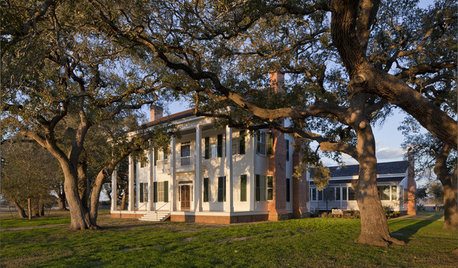
TRADITIONAL STYLEOutfit a Southern Plantation-Style Home — Paint to Porch Furnishings
Go for the charm with these curated picks that create a Southern look in all its gracious glory
Full Story
TRADITIONAL ARCHITECTUREHouzz Tour: Southern Charm in the California Wine Country
An old farm cottage gets some Big Easy style with an expansion that preserves memories and adds whimsy
Full Story
KITCHEN DESIGNKitchen of the Week: Classic Style for a Southern Belle
Marble counters, white finishes and even a pair of chandeliers give this South Carolina kitchen a timeless feel
Full Story
LANDSCAPE DESIGNBoxwood Alternatives Bring the Chelsea Flower Show to You
Don’t let box blight limit your plans to borrow garden design ideas from the renowned British event
Full Story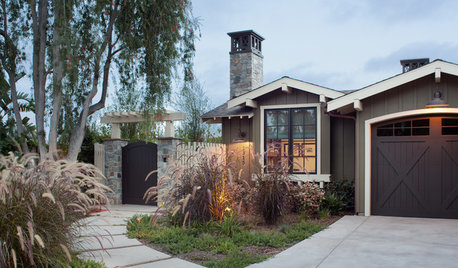
RANCH HOMESHouzz Tour: Casual Ranch-Style Living at Its Best
A Southern California home renovation incorporates barn details, splashes of red and warm, woodsy comfort
Full Story
DECORATING GUIDESHouzz Tour: Traditional Meets Transitional in a Townhouse
A Southern California couple downsizes, and their designer helps them push past traditional boundaries
Full Story
HOUZZ TOURSHouzz Tour: Modern and Traditional Tango in a Spanish-Style Ranch
From leaky and drab to revamped and fab, this Southern California home with its own orchard is more than ready for guests
Full Story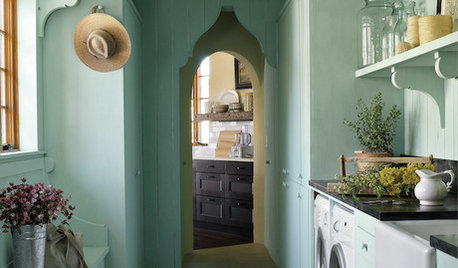
ROOM OF THE DAYRoom of the Day: A Laundry So Cheery, Wash Day Is Wonderful
Pretty paint and playful touches banish chore-day blahs in a laundry room designed for a magazine’s Idea House
Full Story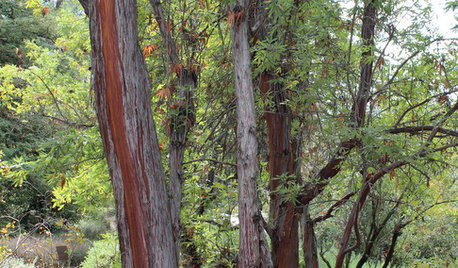
LANDSCAPE DESIGNGreat Design Plant: Catalina Ironwood, a Tree for Antiquity
Peeling bark gives this tree an antique look, but its low water needs are perfect for drought-prone areas today
Full Story
GARDENING AND LANDSCAPINGDouble Front Porches Stack Up Comfort
Twice the space, twice the outdoor pleasure. A double front porch lets you enjoy views, fresh air and company that much more
Full Story


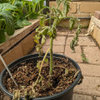
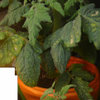
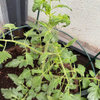
gorbellyOriginal Author
PcolaGrower
Related Discussions
Southern Blight / Late Blight - Confirm Picture Request
Q
Removed top inch or so of soil from hosta with Southern Blight.
Q
Going to give up on Rainbow's End damaged by southern blight last year
Q
More on Southern Blight on Winter Snow
Q
gorbellyOriginal Author
dirtmechanic